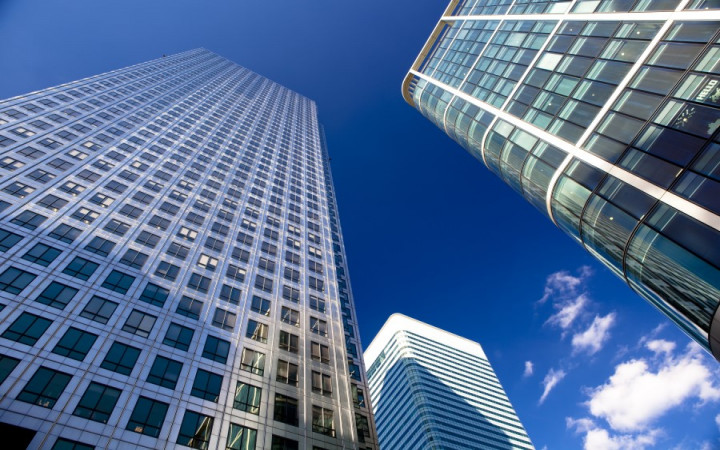Today’s Wonder of the Day was inspired by Braxton from AL. Braxton Wonders, “how do people build world tallest building” Thanks for WONDERing with us, Braxton!
What's that? Up there in the sky! Is it a bird? Or a plane? No! It's a skyscraper! Have you ever seen a skyscraper up close? If you live in big city, there's a good chance you've probably seen many skyscrapers. If you don't, however, you might have only seen skyscrapers on a vacation to a big city or simply on television.
Skyscraper is a very descriptive term for these buildings that stretch way high up into the sky. From the ground looking up, they do seem to stretch all the way up to scrape the surface of the sky. If you ever get the chance to ride an elevator all the way to the top floor of a skyscraper, you'll be rewarded with a magnificent view.
If you live in the United States, you know that there are some famous skyscrapers in Chicago and New York that have once held the title of world's tallest building. For example, the Empire State Building in New York City and the Willis Tower (formerly known as the Sears Tower) in Chicago have both held that title in the past.
So where is the world's tallest building today? As of January 4, 2010, the title belongs to the Burj Khalifa in Dubai, United Arab Emirates. Standing more than a half-mile tall at an impressive 2,722 feet, the Burj Khalifa features a luxury hotel, apartments, and corporate offices in its 163 floors.
Unfortunately for the Dubai giant, it might not retain that title much longer. Saudi Arabia is already hard at work constructing the Kingdom Tower in Jeddah. When completed, it will surpass the Burj Khalifa by more than 500 feet, rising a full kilometer to 3,280 feet!
Will buildings continue to get taller and taller into the future? It's possible. As science and technology continue to advance, architects will likely continue to push the envelope when it comes to building tall skyscrapers.
How tall can buildings go? No one knows for sure, but there are certain factors that tend to limit buildings from reaching a mile high or more. For starters, buildings must be designed to withstand the ferocious winds that exist at those heights.
Modern skyscrapers use a variety of technologies to battle the wind. Many modern skyscraper designs feature wind-resistant features that make them more aerodynamic. Even more impressive technologies exist in the tallest buildings. In Taiwan's Taipei 101 skyscraper, for example, a giant pendulum system in the top floors swings the opposite way of prevailing winds to prevent damage in the case of a typhoon.
Of course, money is also a concern. The advanced technologies required to build taller and taller buildings do not come cheap. Building taller buildings often comes at a price tag that is simply too much to bear in the current economy. For example, the Burj Khalifa cost about $1.5 billion to build, which is on par with the recently constructed Dallas Cowboys football stadium.
Perhaps the biggest obstacle to building even taller buildings, however, is the elevator. Modern elevator systems have just about reached their limit. When elevator cables extend longer than 2,000 feet, they usually weigh too much to work properly. This means that some of the world's tallest buildings require “sky lobbies," where you have to transfer to another elevator to take you to the highest floors.
Transferring to different elevators and slow elevator speeds (to prevent discomfort from pressure changes) result in elevator rides that are too long for some people. For example, reaching the top of the world's tallest buildings can take as long as three minutes or more without stopping at any other floors. As a result, until elevator technology advances, we may only see minor advances in the height of the world's tallest buildings.




